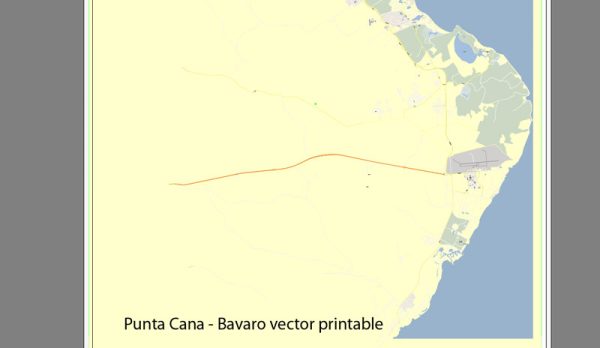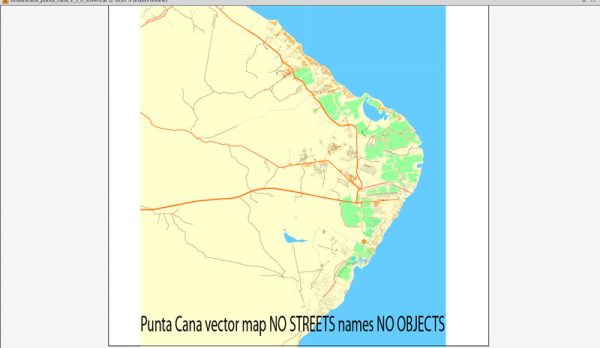Punta Cana, located in the eastern part of the Dominican Republic, has a history of urban development that is closely tied to the growth of tourism in the region. The area was relatively underdeveloped until the late 20th century when it emerged as one of the most popular tourist destinations in the Caribbean.
Here is an overview of the history of urban development in Punta Cana:
- Early History: The region around Punta Cana has a rich history dating back to the indigenous Taíno people who inhabited the island of Hispaniola before the arrival of Christopher Columbus in 1492. The Spanish colonial era left its mark on the island, with various settlements and structures being established.
- Tourism Boom in the Late 20th Century: The modern history of Punta Cana’s urban development began in the 1970s and 1980s when a group of investors recognized the area’s potential for tourism development. The pristine beaches, clear waters, and favorable climate made it an ideal location for resort development.
- Development of Resorts and Infrastructure: During the 1980s and 1990s, large-scale resorts and hotels started to emerge along the coastline. Investors, both domestic and international, played a significant role in developing the necessary infrastructure, including hotels, golf courses, and transportation facilities.
- Punta Cana International Airport: The opening of the Punta Cana International Airport in 1984 was a crucial factor in the area’s development. The airport facilitated easier access for international tourists, boosting the region’s popularity as a vacation destination.
- All-Inclusive Resorts: Punta Cana became known for its all-inclusive resorts, offering visitors a convenient and comprehensive vacation experience. These resorts often include accommodations, meals, and various recreational activities within a single package.
- Environmental Considerations: In recent years, there has been a growing awareness of the need to balance tourism development with environmental sustainability. Efforts have been made to protect the natural beauty of the region and its marine life, with initiatives such as coral reef conservation and responsible tourism practices.
- Economic Impact: The tourism industry in Punta Cana has had a significant economic impact on the Dominican Republic, providing employment opportunities and contributing to the country’s GDP. However, there have also been discussions about the need for equitable distribution of economic benefits and responsible tourism practices.
- Ongoing Development: Urban development and tourism continue to play a crucial role in the Punta Cana region. It’s possible that there have been further developments or changes since then.
Punta Cana’s history of urban development reflects the broader trend of tourism-driven growth in many coastal areas of the Caribbean. Balancing economic development with environmental conservation and community well-being remains an ongoing challenge for the region.



 Author: Kirill Shrayber, Ph.D.
Author: Kirill Shrayber, Ph.D.